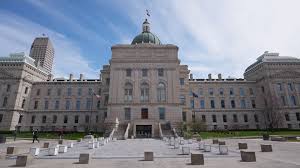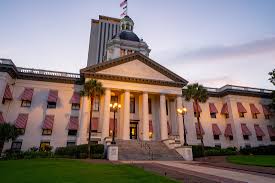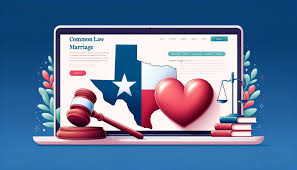Indiana Buffer Zone Law Injunction: A Closer Look at Legal and Social Impacts
Introduction
The Indiana buffer zone law injunction is a significant legal development that has sparked intense debates around the issues of free speech, privacy, and public safety. The law is designed to create a protected space around healthcare facilities, particularly those providing reproductive services, in order to prevent harassment and interference with patients seeking care. This article explores the implications of the Indiana buffer zone law, the role of injunctions, and the broader societal impact of this legislation.
The Purpose of the Indiana Buffer Zone Law
The Indiana buffer zone law primarily seeks to protect patients and staff at healthcare facilities from potential harm or disruption caused by protests, particularly those related to abortion services. By establishing a physical buffer zone around healthcare facilities, typically ranging from 8 to 15 feet, the law prevents protesters from coming too close to the entrance, which could result in harassment or physical obstruction.
The law is designed to balance the rights of individuals to peacefully protest and express their views with the need to ensure that individuals can access medical care without fear of intimidation or distress. In this context, the buffer zone serves as a means of maintaining a safe and neutral space where people can seek medical services without undue interference.
Understanding the Role of an Injunction
An injunction is a legal order issued by a court that can either prohibit or mandate specific actions. In the context of the Indiana buffer zone law, an injunction is typically issued when there are legal challenges to the law’s validity or enforcement. If a court determines that the law may violate constitutional rights, such as the First Amendment right to free speech, it may issue an injunction to temporarily halt or limit the enforcement of the law.
In Indiana, the injunctions related to the buffer zone law have become a key aspect of the legal debate surrounding the legislation. Opponents of the law argue that it infringes on their right to protest freely in public spaces. In contrast, proponents of the law contend that the buffer zones are necessary to protect the safety and privacy of those accessing healthcare services. The injunction serves as a temporary measure to halt enforcement until a final legal ruling is made.
Legal Challenges and Court Rulings
The Indiana buffer zone law has faced several legal challenges from individuals and advocacy groups who argue that it violates the constitutional right to free speech. These challenges have resulted in injunctions being issued in some cases, effectively blocking the enforcement of the law while the case is under review.
One of the key legal questions that courts must address is whether the buffer zone infringes upon the First Amendment rights of protesters. While the U.S. Supreme Court has upheld buffer zone laws in other jurisdictions in the past, the legal status of such laws continues to be an area of ongoing debate. The outcome of these challenges will have important implications for the future of buffer zone laws not only in Indiana but across the country.
Impact on Protesters and Healthcare Providers
For protesters, the injunctions related to the Indiana buffer zone law can either limit their ability to protest near healthcare facilities or allow them greater freedom to engage in demonstrations. When an injunction blocks the law, protesters may have more latitude to gather near the entrance of healthcare facilities, potentially leading to increased tension and conflict with patients and healthcare workers. On the other hand, if the injunction is lifted and the law is enforced, protesters will face restrictions on where they can legally protest.
For healthcare providers, the buffer zone law and the injunctions associated with it have direct implications for patient safety and privacy. If the law is enforced, healthcare facilities can maintain a safer environment for patients, protecting them from harassment and ensuring that their right to seek medical care is not impeded. The uncertainty surrounding the injunctions, however, creates legal and operational challenges for healthcare providers as they navigate the changing legal landscape.
Conclusion
The Indiana buffer zone law injunction highlights the ongoing tension between free speech and public safety. As courts continue to assess the constitutionality of buffer zone laws, the impact of these rulings will be felt across the country. The resolution of legal challenges surrounding the injunctions will shape the future of how protest rights are balanced with the need to protect individuals seeking healthcare services. Ultimately, the outcome of these cases will set important legal precedents for similar laws in other states and impact the broader debate over the intersection of personal rights and public safety.




